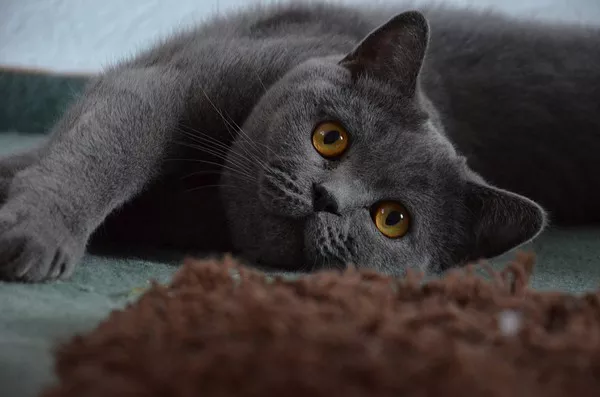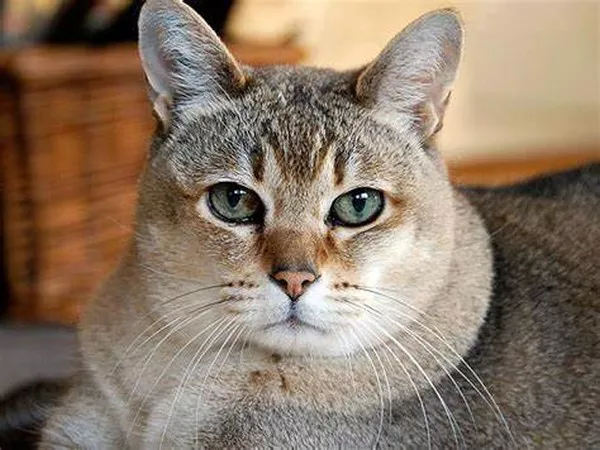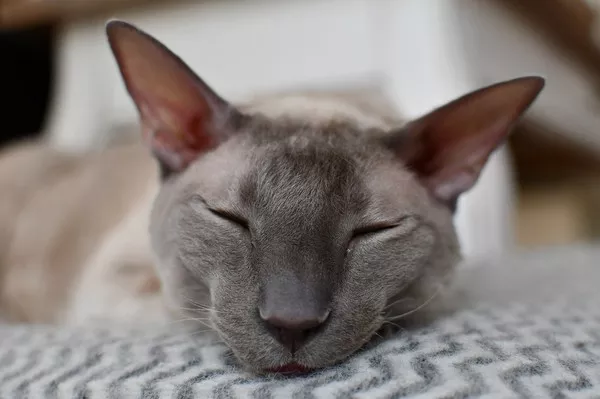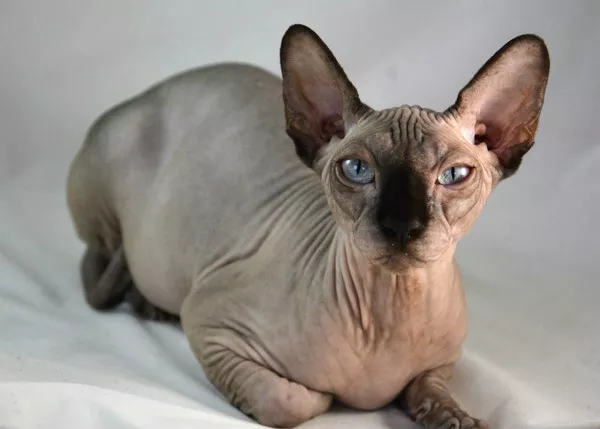When considering bringing a new feline friend into your home, understanding the temperament and behavior of different cat breeds is essential. The British Shorthair, known for its charming appearance and distinctive round face, is a popular breed that often captures the attention of cat enthusiasts. In this article, we will explore the question of whether the British Shorthair is a lap cat. By comparing its temperament and behaviors to those of traditional lap cats, we aim to provide insights into the lap cat potential of the British Shorthair breed.
The British Shorthair’s Personality
1. Independent Nature
The British Shorthair is characterized by its independent and self-reliant nature. Unlike some more attention-seeking breeds, this feline tends to be content spending time alone or engaging in solo activities. This independent streak is a defining feature of the breed’s temperament.
2. Affectionate Moments
While British Shorthairs may not be as overtly affectionate as some lap cat breeds, they do have their moments of charm. Many British Shorthairs enjoy gentle cuddles and quiet companionship. They may choose to sit beside you or rest on your lap for short periods, displaying their affection in subtle yet endearing ways.
Lap Cat vs. Non-Lap Cat Breeds
1. Lap Cat Breeds
Lap cat breeds, such as the Ragdoll and the Persian, are known for their propensity to seek out and enjoy laps as cozy resting spots. These breeds tend to thrive on human interaction and often prefer close contact with their owners. Lap cats are more likely to actively seek out opportunities to cuddle and snuggle.
2. Non-Lap Cat Breeds
Non-lap cat breeds, like the British Shorthair, have a more reserved approach to physical affection. While they may not be as inclined to seek out laps, they still form strong bonds with their owners and appreciate gentle attention. Non-lap cats often enjoy being in the same room as their humans and may choose to sit nearby rather than directly on their laps.
Understanding British Shorthair Behavior
1. Observational Companionship
British Shorthairs excel in observational companionship. They have a knack for being present in the same room as their owners, quietly watching and enjoying their company. While they may not always demand physical closeness, their presence adds a sense of comfort and companionship to your daily routine.
2. Selective Cuddles
British Shorthairs may engage in selective cuddling. They may not always be in the mood for lap sessions, but when they are, it’s a special and cherished moment. These cats often have their preferred times for cuddles and may signal their readiness by approaching you or hopping onto your lap.
Creating a Comfortable Environment
1. Soft and Inviting Spaces
To encourage British Shorthairs to enjoy lap time, create soft and inviting spaces. Place cozy blankets or cushions on your lap to make it an appealing resting spot. Over time, your cat may associate these comfy spaces with positive experiences.
2. Respect Boundaries
Respecting your British Shorthair’s boundaries is crucial. If your cat prefers sitting nearby rather than on your lap, embrace their individuality and provide affection on their terms. Forcing physical contact may lead to stress or discomfort.
Bonding and Building Trust
1. Patience and Consistency
Building a strong bond with your British Shorthair involves patience and consistency. Spend quality time engaging in interactive play, grooming, and quiet moments together. Over time, your cat may become more comfortable with physical closeness.
2. Trust and Comfort
Earning your British Shorthair’s trust is key to enhancing their lap cat tendencies. Create an environment where your cat feels safe and secure. Positive experiences and gentle interactions can gradually encourage your cat to view lap time as a pleasant and reassuring activity.
Conclusion
In conclusion, the British Shorthair possesses unique behaviors and temperament traits that distinguish it from traditional lap cat breeds. While the British Shorthair may not be as consistently drawn to laps as some other breeds, it does exhibit affectionate moments and a preference for quiet companionship. Understanding and respecting your British Shorthair’s individual preferences and boundaries can help foster a strong and fulfilling bond. Remember that each cat is an individual, and while the British Shorthair may not fit the stereotypical lap cat mold, its distinctive personality and endearing behaviors make it a cherished and delightful companion in its own right.



























